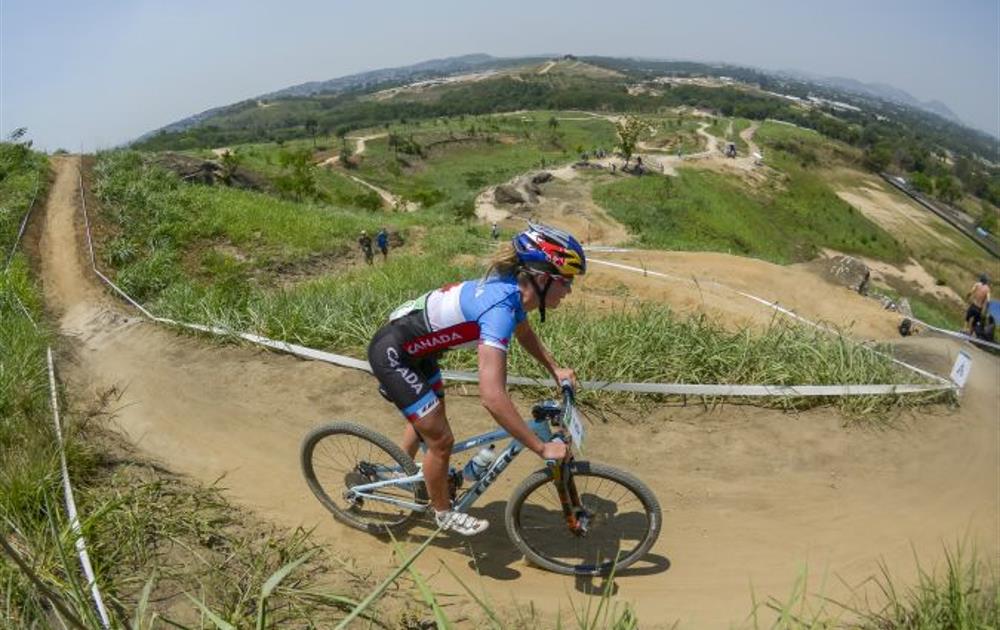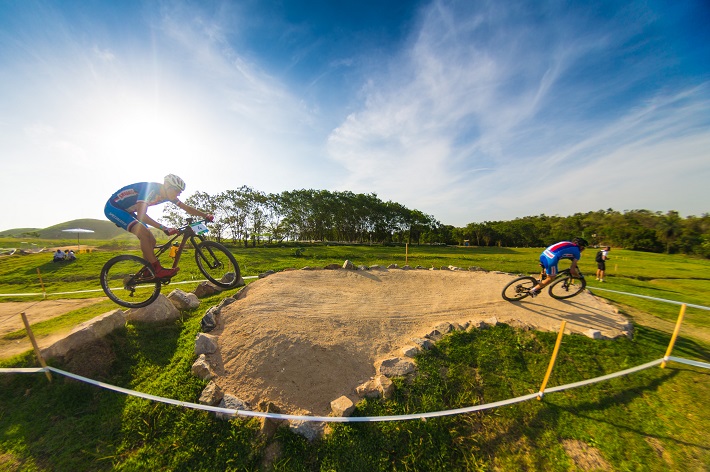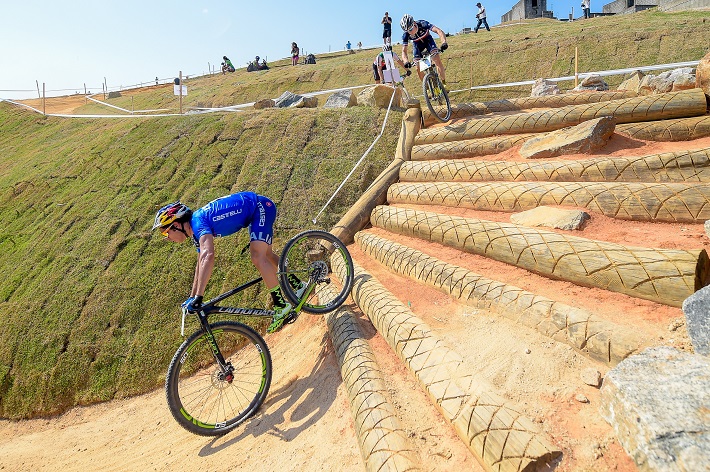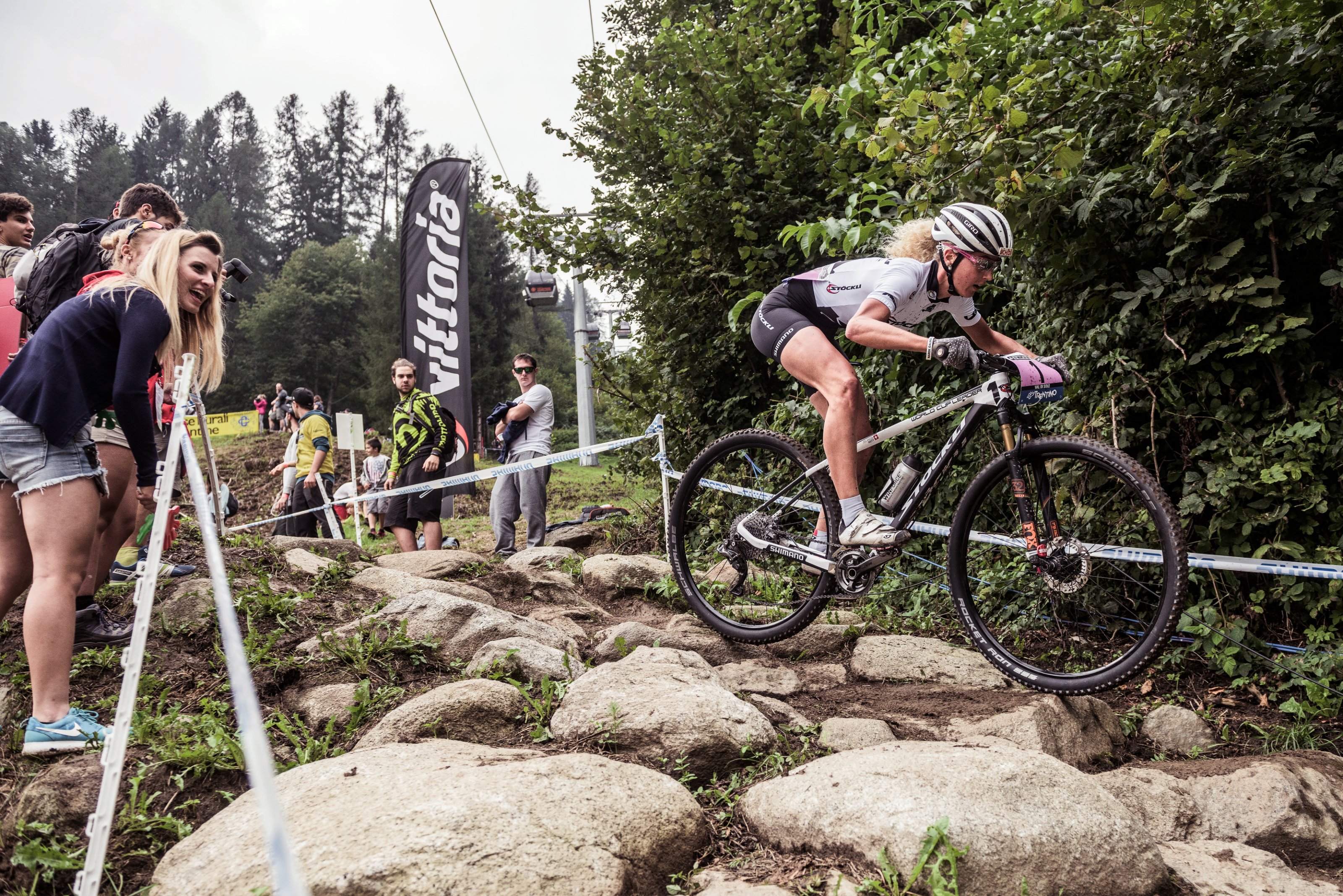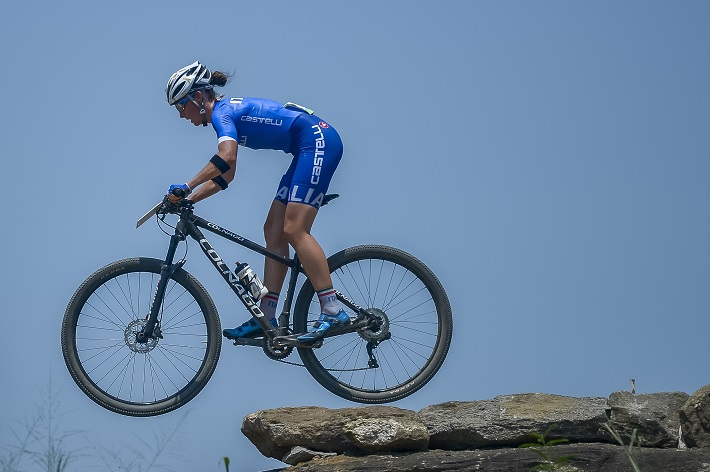
What will the Olympic mountain biking course look like? What will the route be for the Olympic cross country mountain biking?
We won’t know the exact route for certain until a few days before the race is set to take place on August 20, but it’s unlikely the course will have changed from the test event at the track which took place last October.
That test event in Rio de Janeiro was also an overwhelming success, with rider’s singing the courses praises and a UCI spokesperson even saying the course would be “way better” than London’s event at Hadleigh Park.
Let’s take a look at what we know so far…
